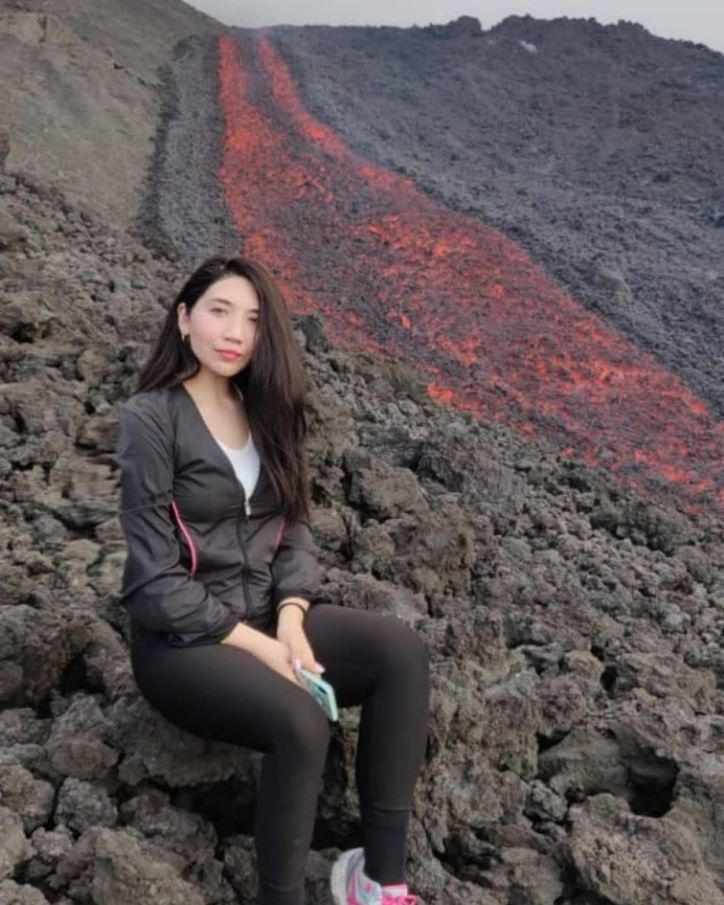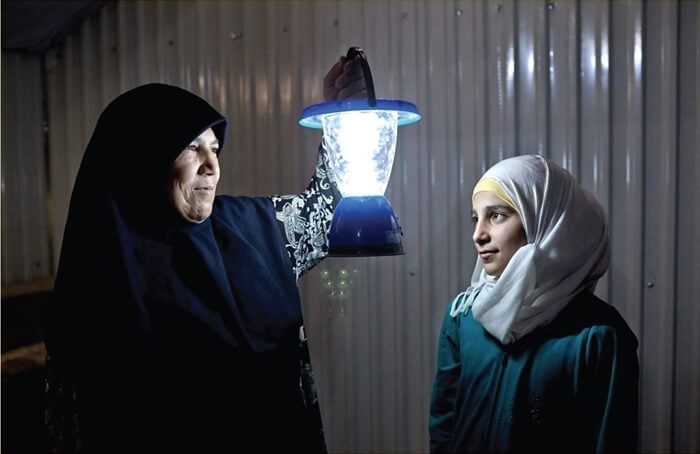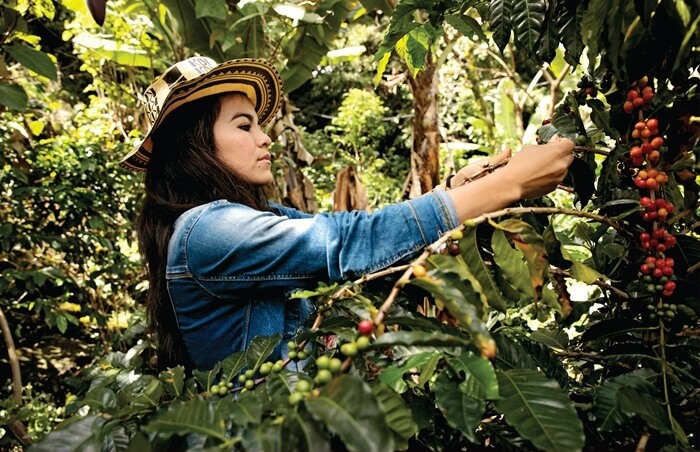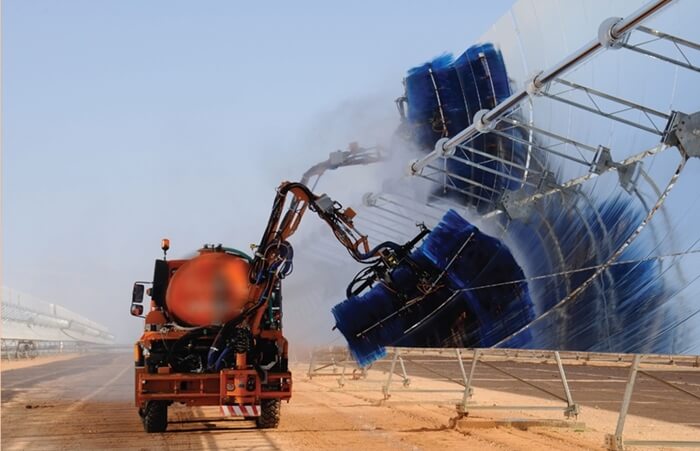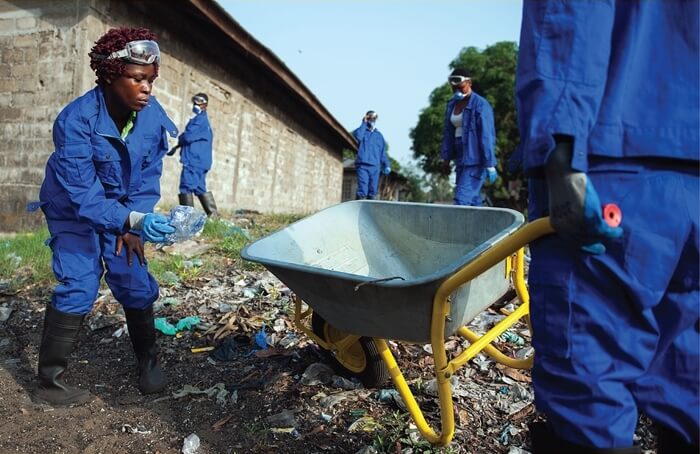Excerpt from reuters.com
With rising seas threatening the Samoan village of Lalomalava, the South Pacific island nation used climate adaptation financing in the 2010s to build a seawall that would help protect homes and a main tourism resort.
But the barrier, once built, wasn’t long enough to shield the entire village, leaving some families to face even bigger waves diverted along the shore. And the tourists weren’t thrilled about the rock walls that replaced the resort’s sandy beaches.
This is just one of many cases of climate financing gone awry, according to a major report published on Monday by the U.N. Intergovernmental Panel on Climate Change. While urging every nation to prepare now for a warmer world, the report also warns that poorly laid plans — or what it calls “maladaptation” — can backfire badly and unintentionally cause even more trouble for communities and for nature
With millions of dollars being spent on everything from restoring wetlands to replanting storm-buffering mangrove stands, the report warned that projects poorly done can “create lock-ins of vulnerability, exposure and risks that are difficult and expensive to change and exacerbate existing inequalities”.

Island Innovation is a social enterprise and digital media company at the intersection of sustainable development and communications, offering specialised services across various sectors. We bring together the private sector, government, utilities, NGOs and universities to advance innovation for sustainability and prosperity in islands worldwide.







